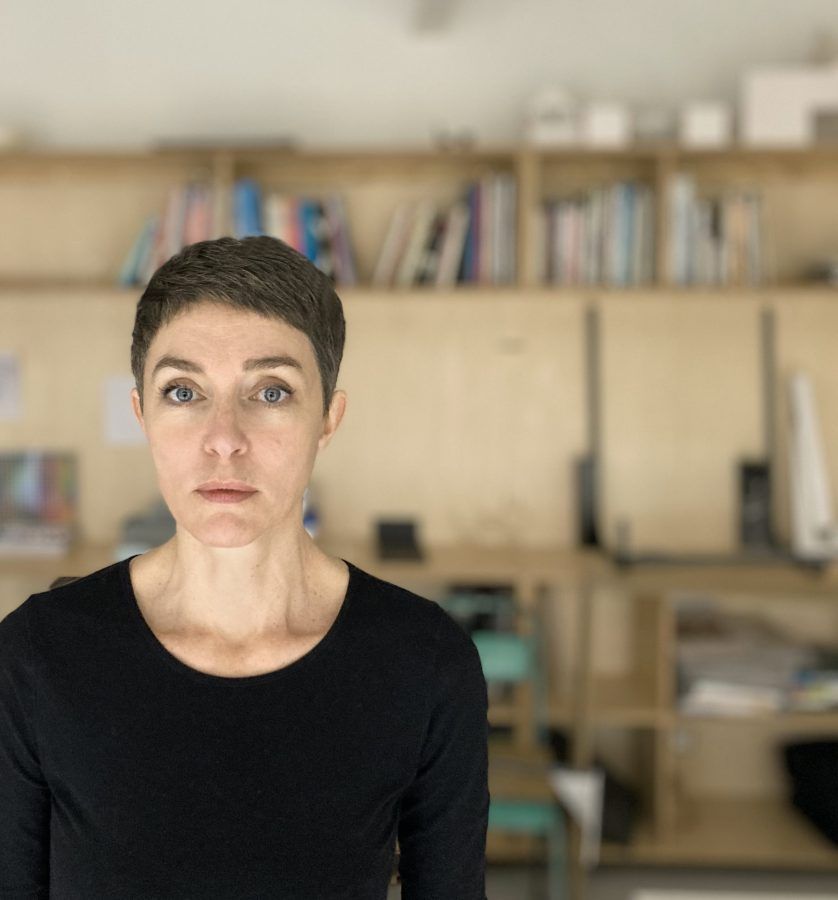It’s a rare event. The first big exhibition of the work of a designer of street furniture is happening. Lucile Soufflet, who has been a well-known figure in the world of design since the early 2000s with her famous Circular Bench and other creations for public authorities and urban communities, is exhibiting at the CID-Grand-Hornu Museum until August 24. She designed the exhibition as a public space. “Where life happens,” she says.
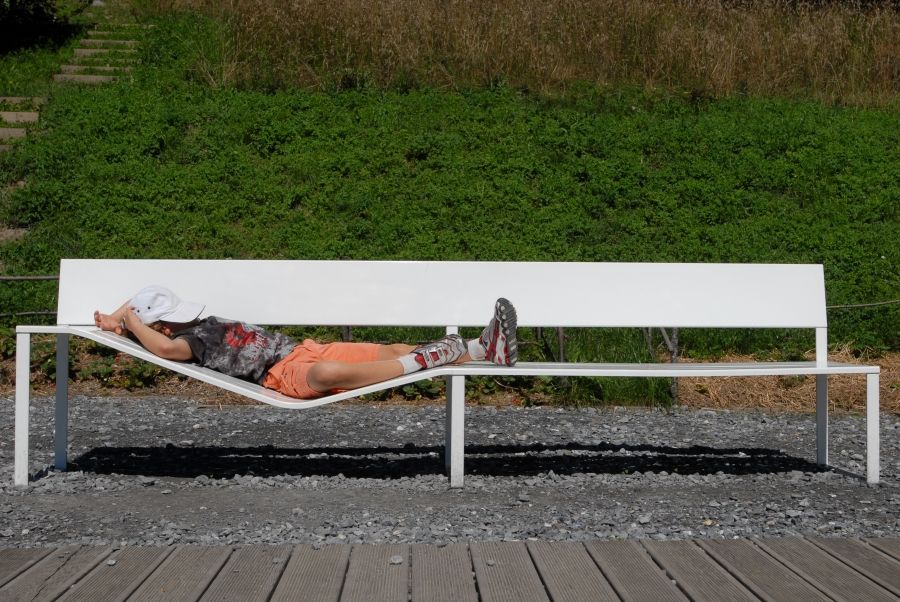
Why did you decide to design street furniture?
I’ve been interested in street furniture since my last year of industrial design school at La Cambre in 1998. That was the year I graduated. I was starting to take an interest in cities to understand how they functioned. I was also interested in design other than as a practice from which a consumer object is derived. My interest in public spaces became stronger, and I created a few prototypes. After some media attention, the city of Brussels commissioned me to design a public bench. This first commission was in 2000, and the furniture was installed starting in 2003.
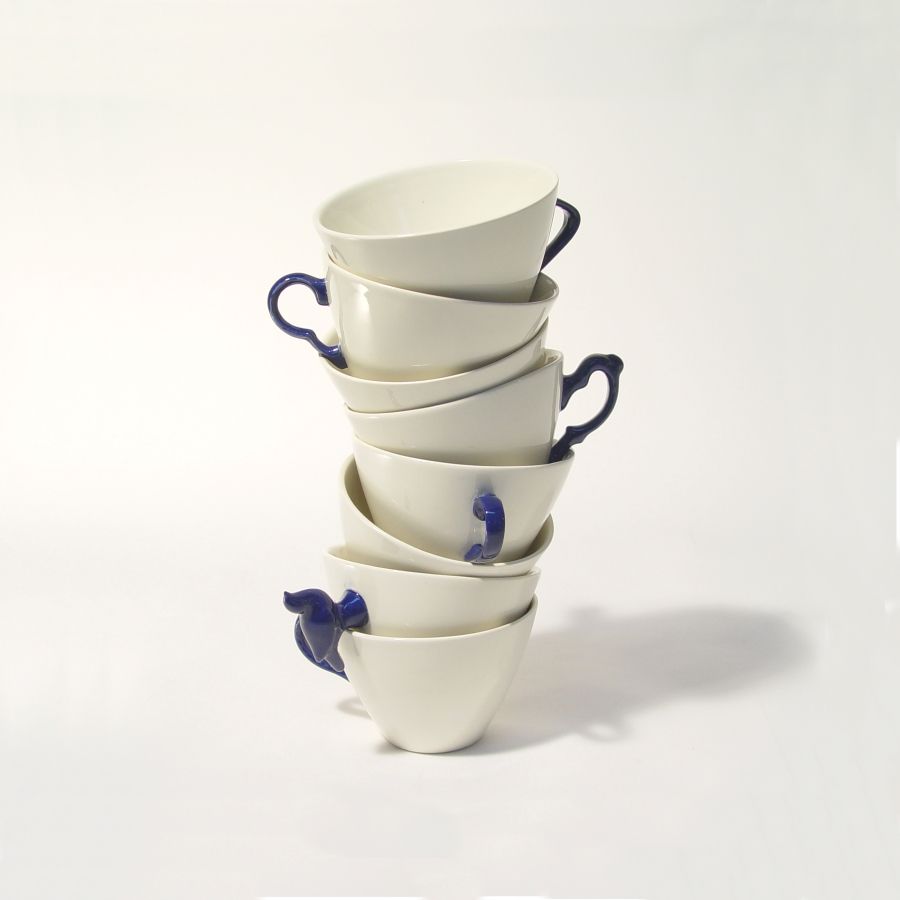
You didn’t limit yourself to street furniture…
It’s true that I’ve been working on a series of street furniture projects for the last twenty years or so. In the end, I was identified as a specialist in this field, although I also make a few forays into outdoor design and object production. At the same time, I started working with ceramics. I love working with materials like glass, wood, and metal, and working in the studio.
Is it still complicated to evolve as a woman designer in the male-dominated industrial design sector?
Not really. It’s still a predominantly male environment, and it’s true that you always have to justify your point of view, and know how to support and secure your position. As a woman, you run the risk of being challenged more quickly.

What’s the size of your production?
There are high-volume industrial productions, such as the Up&Down chair for Fermob, the French outdoor brand. Then there are projects like Circular bench, which is probably my most widely distributed item. It was produced in collaboration with the manufacturer and editor TF Urban (a sheet metal company that specializes in the design of public spaces). We make standard models that are part of their catalog and custom designs. Finally, there are specific projects. These are designed for a particular site and realized in a workshop. They are the subject of a unique or limited production run.

What about indoor design? Is this a segment that interests you?
I’ve done a few productions, notably with textile designers Chevalier Masson for the “Cité internationale universitaire de Paris”, or for the “Musée Royal de Mariemont” (Belgium), but not many… I don’t know why I’m always exposed to the wind and rain! (Laughs) There’s something about the harshness of the natural elements that suits me and almost always leads me to urban furniture. However, I’m not averse to working with materials suitable for indoor furniture.
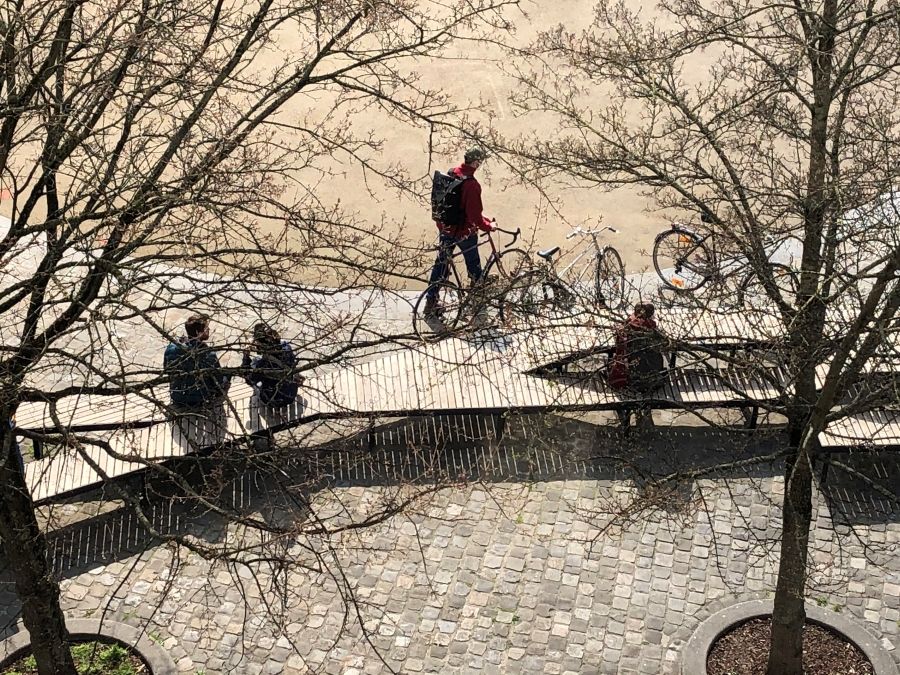
How do you explain the fact that there is so little discussion of street furniture today, when there are so many needs?
I think this field still has a laborious reputation. It’s a field where projects can take years to complete. It can also be combined with architectural offices for redevelopment budgets. Industrial designers aren’t the first people we think of when it comes to public projects. There is no single procedure for this. The request may come from different clients (a city, an architectural firm, a manufacturer…), and therefore with different methodologies. We may also be asked to collaborate as artists because the role of the industrial designer is not clearly defined.
Is there a lack of investment in street furniture?
It’s still easier and often more economical to choose from a catalog, sometimes to the detriment of the development project and its identity. Calls for tender are certainly evolving, but they need to identify more precisely the role of a street furniture designer. However, I find that Belgium is quite active in this field and in opening up to the creative dimension in public space.
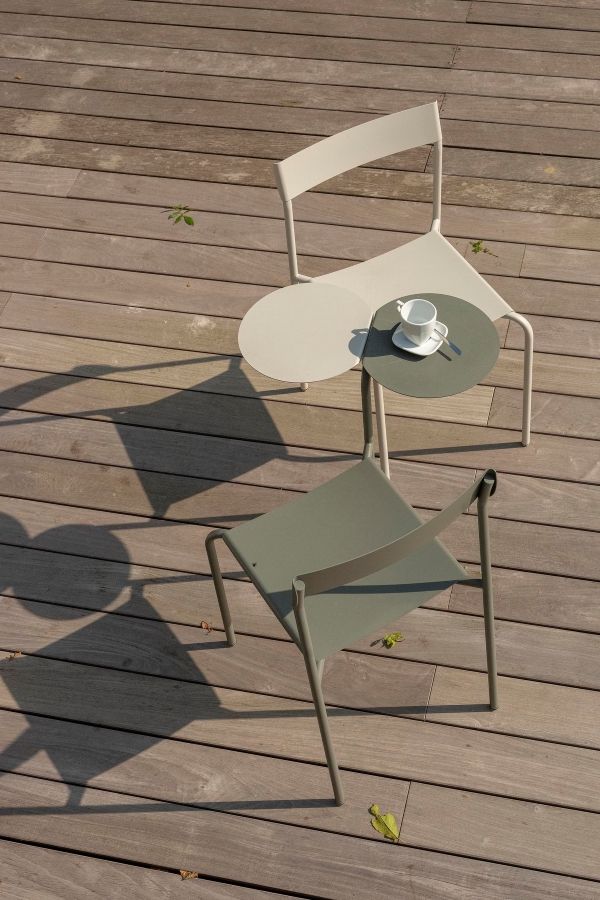
What about the new generation? (You teach industrial design at La Cambre school in Brussels).
Many young people are sensitive to urbanity, over-consumption and the need to produce well. They are interested in working for a community, in a shared dimension, and with sustainability and longevity in mind. However, finding one’s way into the public sector, which remains laborious in terms of time and administration, puts many off.
What are you currently working on?
I’m producing street furniture with the Belgian architecture and urban planning firm Multiplicity, in the Fernand Cocq district of Brussels. I’m also working on an individual chair for Fermob. It was originally designed for the Mons museum complex.

What does your monographic exhibition at CID Grand-Hornu mean to you at this stage of your career?
For me, this exhibition was a job in itself. The Grand-Hornu is an exceptional site, and I asked myself how I could show street furniture outside its usual context.
How did you approach it?
The exhibition’s scenography is made up of large, slightly inclined plinths, whose purpose is of course to present my different projects, but also and above all to offer a non-linear circulation, with several perspectives. It’s like walking along a path. There are two open areas where the pedestals incorporate seats that offer points of view on the site, and where videos of public spaces are projected to give context, hubbub – an echo of urban cartography. It’s like a city map cut out, on a different scale, with elements that form a topography, paths, forks, crossroads… The exhibition space is seen as a project in itself, to be invested in, experienced and shared.
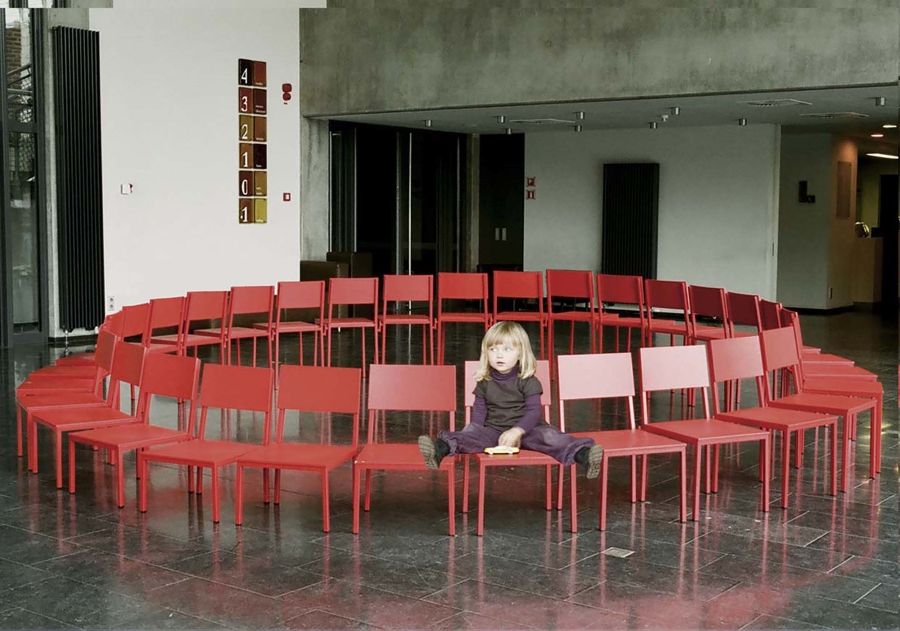
You’re from Charleroi and grew up in a family that worked in the coal industry. What does it mean to you to be exhibiting at this former coal-mining site in Grand-Hornu?
It was quite touching to be approached by the CID Grand-Hornu to exhibit. When I was young, I often went to the abandoned collieries to rummage through the materials and machinery. It’s a heritage that I know well, and I’m happy to share this memory by exhibiting my projects in this context that evokes the working world and the work that was done.
